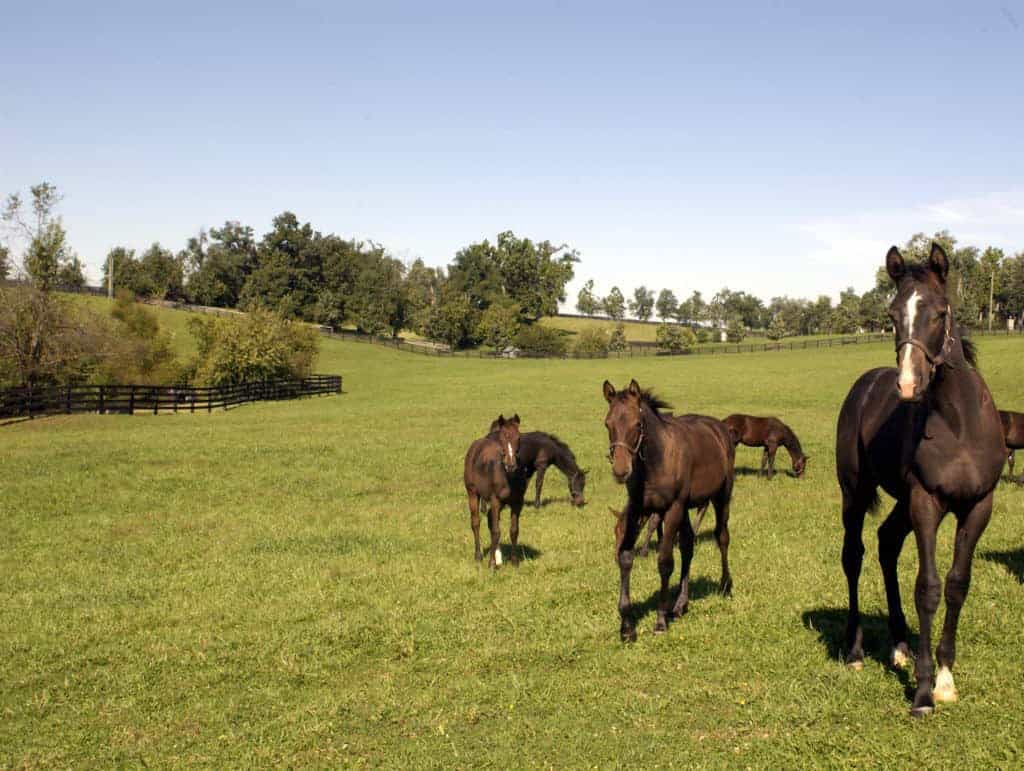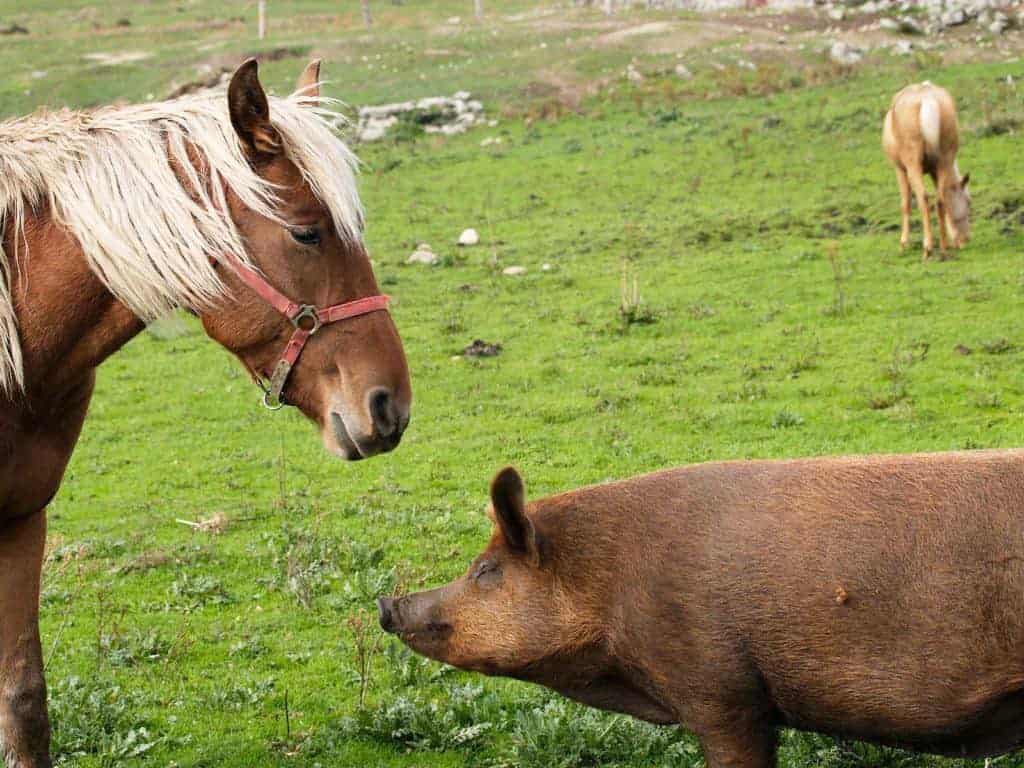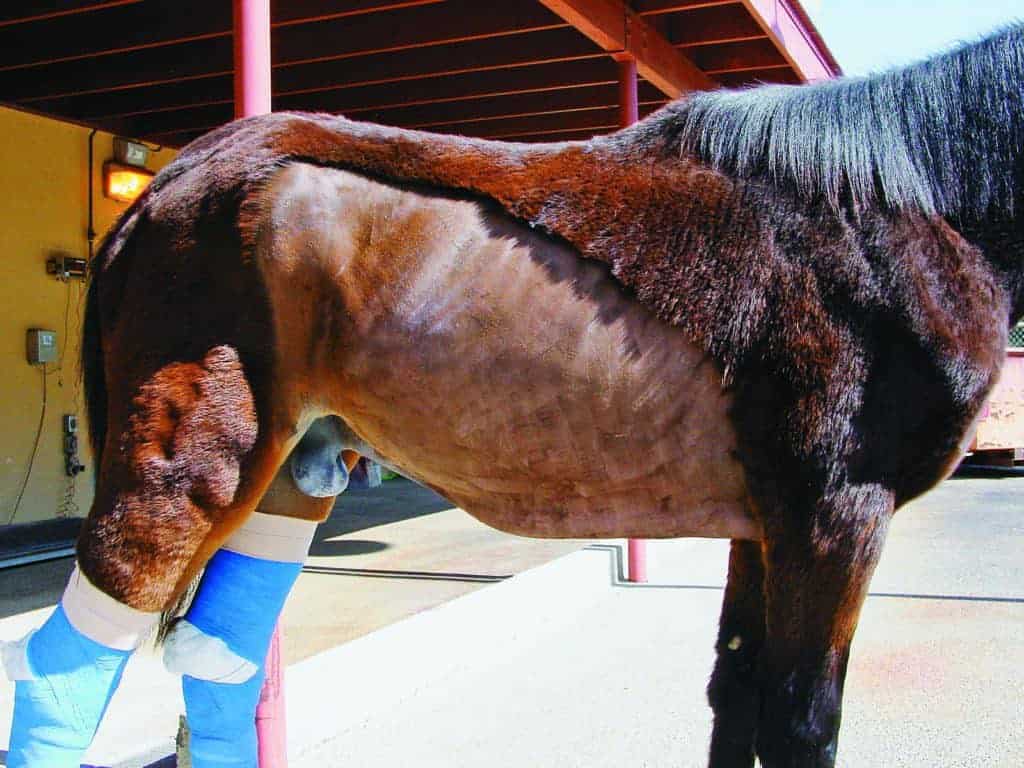UK’s Horohov, Page Receive Research Grant
Horohov and Page will study Lawsonia intracellularis with their $15,000 grant.
Horohov and Page will study Lawsonia intracellularis with their $15,000 grant.

The ACVIM named Q, a Rocky Mountain Saddle Horse gelding, one of their Animal Survivors, after he successfully overcame a severe bacterial disease.
Reported diseases include CEM, strangles, influenza, EVA, EHV, piroplasmosis, salmonellosis, and more.

Of 400 participants, 79% said they’d never heard of the bacterium and only 5% had known a horse with it.

Learn about Lawsonia intracellularis and factors that could lead to EPE infection development.
Confirmed diseases include contagious equine metritis, strangles, EHV, influenza, and more.

The ACVIM named Q one of their animal survivors after he successfully overcame proliferative enteropathy.

Meet Q, a Rocky Mountain Saddle Horse that survived proliferative enteropathy caused by Lawsonia intracellularis.

Researchers tested the usefullness of four blood serum tests in detecting L. intracellularis.
Yearly variability in exposure to a severe disease-causing bacterium of young horses appears to be different than previously thought.

Dr. Connie Gebhart of the University of Minnesota’s Veterinary Diagnostics Laboratory shares her research of Lawsonia intracellularis in pigs and horse. The bacterium causes the intestinal disease equine proliferated enteropathy.
The awards emphasize the importance of assisting researchers in their exploration of horse health topics.
The University of Kentucky (UK) Department of Veterinary Science will host the Lawsonia intracellularis and equine proliferative enteropathy (EPE) symposium on Nov. 15 at the UK Veterinary Diagnostic Laboratory.
The study on Lawsonia intracellularis involves 14 Thoroughbred farms and 600 Thoroughbreds in Kentucky.

No adverse reactions to the vaccine were noted and fewer than 2% of the weanlings exhibited signs of disease.

The overall seroprevalence was 68% on all farms tested, with levels on individual farms ranging from 14-100%.
Stay on top of the most recent Horse Health news with
"*" indicates required fields